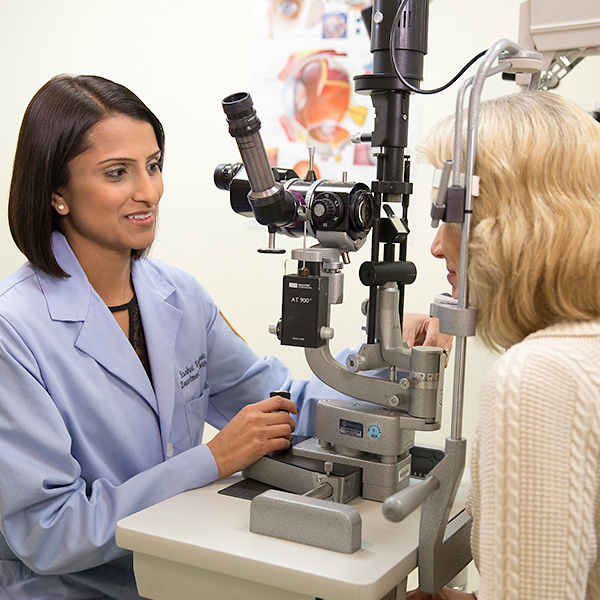Double Vision
Overview and Facts about Double Vision
Double vision, also known as diplopia, is an ophthalmological condition that affects eyesight quality. Double vision causes a person to see single objects in double.
It can occur in one of two forms: monocular diplopia and binocular diplopia.
Monocular diplopia is double vision in one eye, and binocular diplopia is double vision in both eyes.
Monocular double vision is associated with problems with the cornea and lens of the eye. Binocular diplopia is related to how your eyes work together to focus light precisely on the retina.
Signs and Symptoms of Double Vision
Binocular diplopia occurs when the eyes are misaligned, crossed or do not look in the same direction simultaneously. It is corrected by covering one eye. In monocular diplopia, double vision continues even when one eye is covered.
Double vision differs from blurred vision; blurred vision causes a fuzzy image of a single object, while double vision causes a person to see two images of a single object.
Causes and Risk Factors of Double Vision
Problems with the cornea and lens are often associated with double vision. There are also many medical issues that can cause double vision:
- Neurologic disorders
- Reduced blood flow to the brain
- Shingles or herpes zoster infection
- Injury or infection damage to the cornea or lens
- Cataracts, typically cause monocular diplopia, which may or may not be due to aging
- Weak eye muscles (common in Graves disease and strabismus)
- Nerve-muscle issues, which can be caused by diabetes, myasthenia gravis or multiple sclerosis
- Brain function issues such as stroke, migraine, brain tumors, aneurysms or internal bleeding in the brain
Tests and Diagnosis of Double Vision
An eye exam, including an assessment of medical history and examination of eye misalignment, is necessary for diagnosing double vision.
The examination also includes assessments of eye muscle and nerve function and an inspection of the lens and cornea to determine whether any damage is present. MRI or CT scans and blood tests can identify the underlying cause of double vision.
Treatment and Care for Double Vision
Treatment for double vision can begin after determining whether it is monocular diplopia or binocular diplopia. Once the underlying cause of the patient’s double vision is identified, treatment can relieve symptoms.
For example, if astigmatism is the cause of double vision, a doctor can prescribe special contact lenses. Surgery can correct double vision associated with cataracts. In some pediatric cases, strabismus surgery may be performed when corrective prescription eyeglasses are ineffective.

